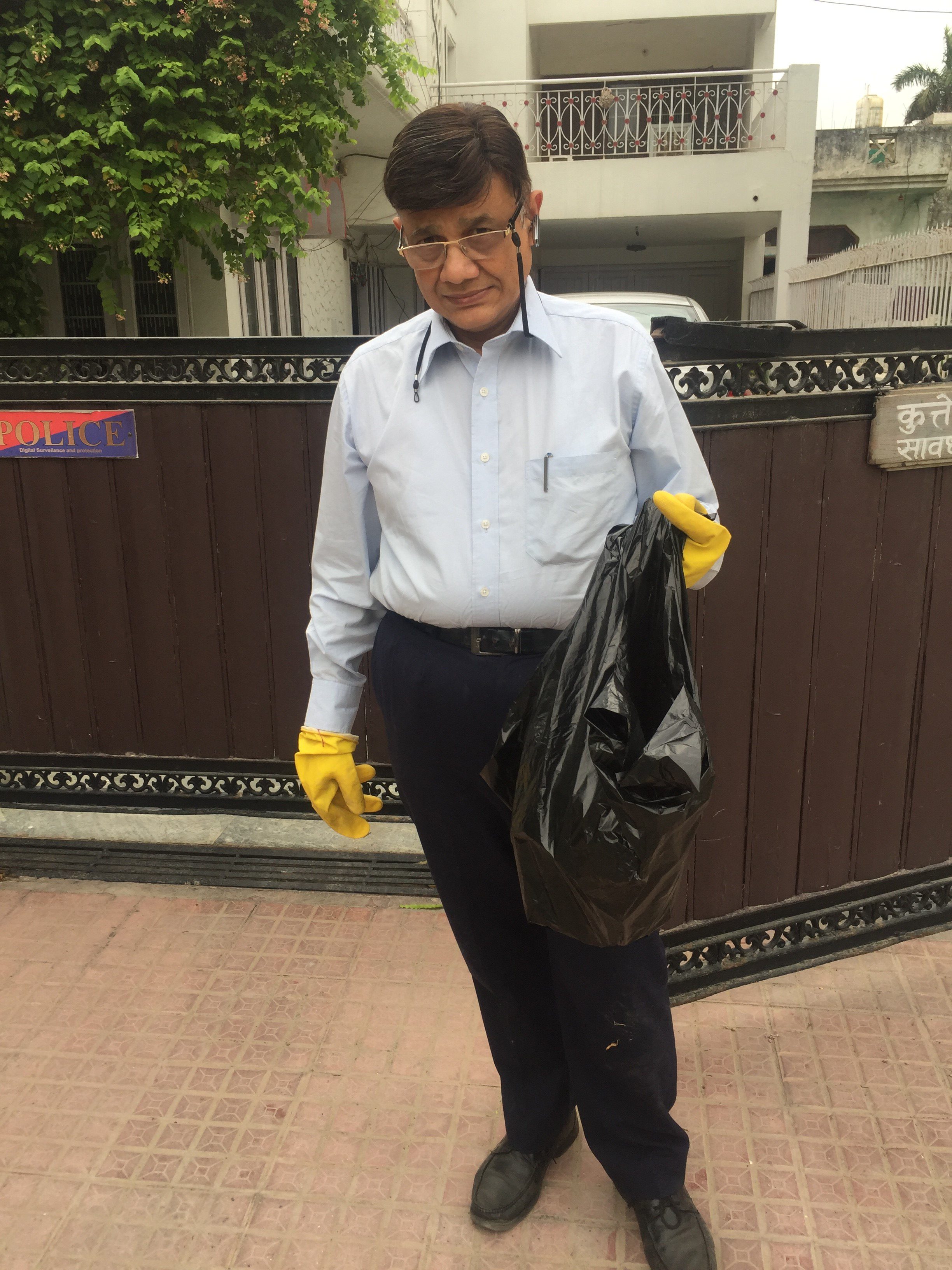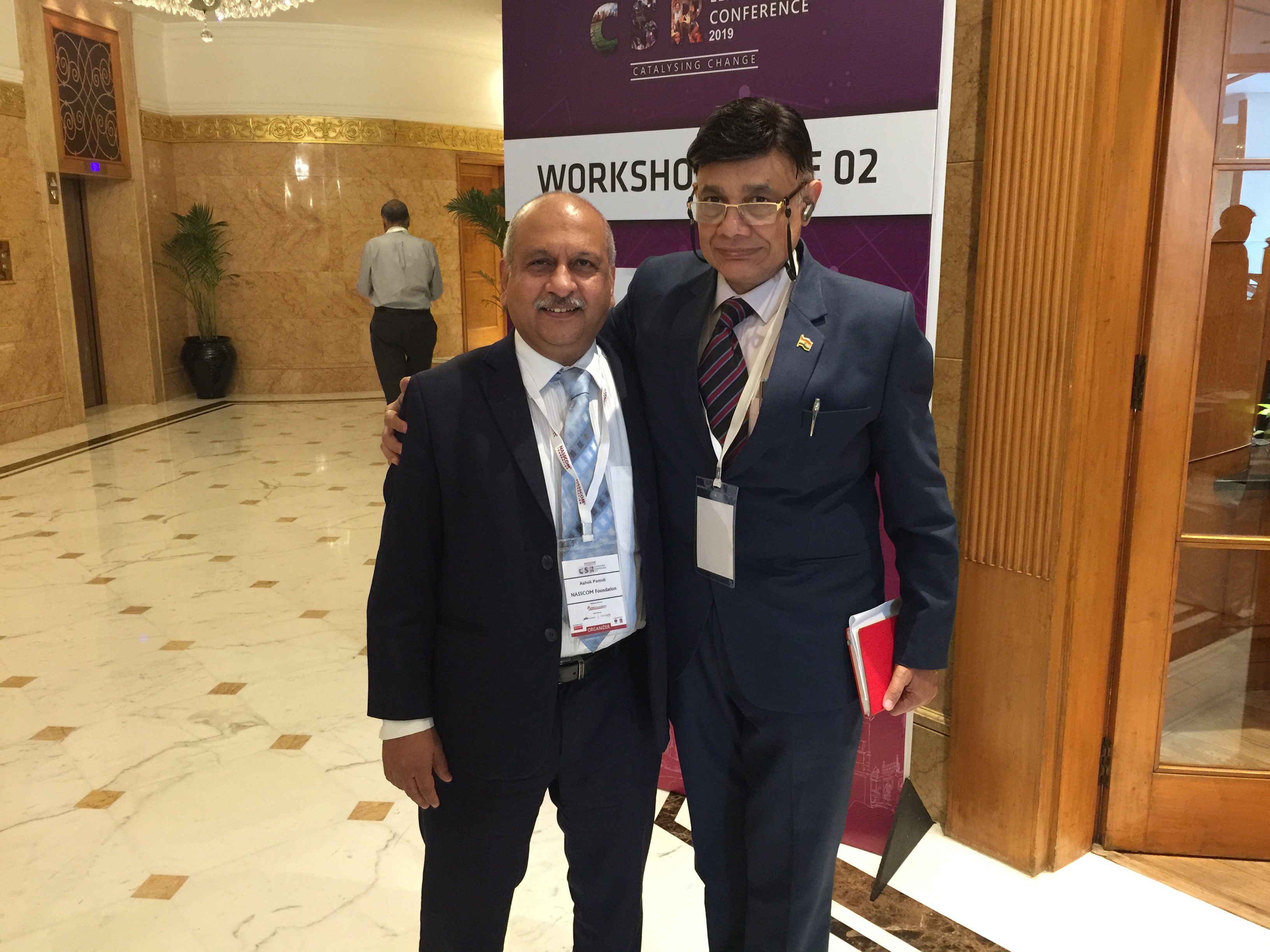
With Dr.Sandeep Verma, Secretary, SERB.
On 15th January, JC from Intel invited me to attend a DST/SERB workshop on the FIRE – Fund for Industrial Research Engagement. The pioneering initiative by SERB/DST visualises a shared fund of 50:50 by industry and Government to drive potential research initiatives in India.
It was a pleasure interacting with SERB and DST leadership across the 2 day workshop that was held as followthru on 19/20th Feb. The academia and industry colleagues and Applied CTO office shared a number of research themes across the technology areas. Dr.Saurabh Ganguly, IIT Bombay, gave a fascinating overview of the research landscape on semiconductors across India; Dr Dootika Vats of IIT Kanpur made a distinct impression on me with her correctly presented reality of AI models and statistical analysis. I wonder how many of my industry colleagues realize that for the improvement in predictability using AI, it has its own limitations of bias, requirements of appropriate data – not just big data – and it’s execution is not always subject to an interpretation!
It was fascinating to hear the industry and academia perspectives – and it is clear to me that common ground can be created. It was obvious that AMAT teams had done a great job with substantial detailing and background work.
The elephant in the room was unveiled when Aniruddha – an IP Consultant – brought the issue of IP ownership and suggested that IP should reside with academia. I had a slightly – but extremely pointed & different perspective. IP is owned by the creator. A collaborative project is different from a sponsored project. In a collaboration – and I took a relevant case study – there are multiple work packages with milestones and owners. IP is owned by respective IP creators. If an IP is created in an AMAT lab by an AMAT investigator – IP is owned by AMAT, and if it is created by an academia it is owned by the academic institution. This is the global model, well established and working across institutes abroad and in India.
As I pointed out, a generalized policy that made such a ruling would do more harm than good. The MNC offices were unlikely to clear such a proposal.
It was pleasant to see the flexibility of Dr.Sandeep Verma, Secretary SERB who agreed that FIRE would have to evolve to cover 2-3 models – and not force-fit the joint research only as academia initiative. This is appropriate as such a force-fit and IP ownership constraints would prevent the best of the collaborative efforts from emerging out. I foresee a mix of approaches in the evolving model here – and that bilateral, collaborative processes with clear work packages and owners will make all the difference in evolving the program successfully.
As Dr.Malathi Lakshmikumaran shared – the program is NOT a CSR. And to evolve a sustainable program it is critical to have these details brought in from those of us who have actually been executing research in India. If the FIRE program is appropriately developed – a few other processes need to be carefully worked thru – it can be a game-changer. I can see more MNC research getting attracted to India & scaling not just the research eco-system but also the resulting innovation/ industry.








AffiliateLabz
Great content! Super high-quality! Keep it up! :)